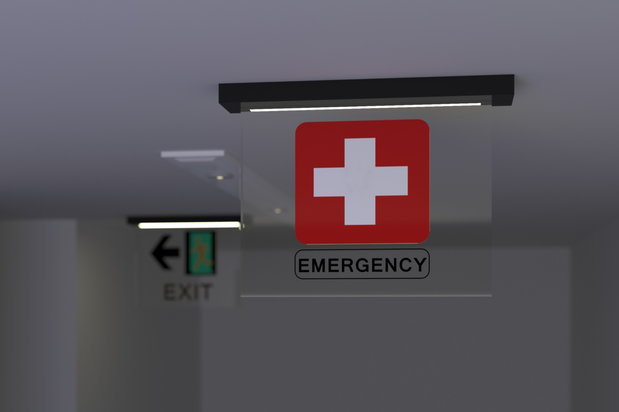A disturbing trend has been found by researchers in the medical field—a growing number of doctors are denying treatment to opioid-addicted Medicaid patients. A study funded by the National Institute on Drug Abuse was conducted in states with high rates of opioid-related mortality. The study found that those patients who were either uninsured or who had Medicaid coverage were not given access to controlled substances to help curb their drug abuse and, in some cases, weren’t even offered appointments.
Barriers to Opioid Addiction Treatment
Many addicts encounter barriers to treatment and valuable medications that can help aid their recovery. The study sought to assess the types of access available to patients who were looking for buprenorphine-naloxone, a medication-assisted treatment for opioid use withdrawal. With almost 48,000 annual deaths linked to the opioid epidemic, the question began to arise—why weren’t more patients given access to important treatments, such as buprenorphine? The study was done by an audit survey in which callers posed as either uninsured or Medicaid-covered heroin addicts, over a period of a few months. States polled were Massachusetts, Maryland, New Hampshire, West Virginia, Ohio and the District of Columbia.
The callers sought new appointments and asked if buprenorphine prescriptions were available at the first visit. They also asked about wait times. Only 54 percent of Medicaid patients and 62 percent uninsured, self-paid patients received an appointment. The possibility of receiving a buprenorphine prescription at first visit was very low—only 27 percent of Medicaid patients and 41 percent of uninsured patients were assured such.
Median wait times for an appointment was around 6 days. The study concluded that although many callers reporting active heroin use with only Medicaid or no coverage were not given appointments, wait times were on average with regular insured or paid patients.
However, other barriers to treatment access were found. High fees and unclear or wrong phone numbers listed could possibly serve as a deterrent to addicts who seek help.
Addressing the Opioid Epidemic
With almost 4 in 10 adults on Medicaid having an opioid addiction, the need for access to treatment is even more crucial. The study did show that nurse practitioners and physician’s assistants did accept new Medicaid patients 70 percent of the time compared to 40 percent of doctors, even with a similar number of patient loads.
With a wait time of fewer than two weeks to get an appointment, it is suggested that doctors did have appointments available, but were turning away Medicaid patients because of the lower rate of payout. Insurance pays more than Medicaid. Furthermore, Medicaid restrictions in certain states create barriers to treating addiction by requiring counseling or therapy before the patient is given buprenorphine.
Addicts seeking treatment should not be put off by the lack of appointments or multiple phone calls; seeking other doctors or a nurse practitioner may land a faster appointment and access to medication. Those seeking treatment may also enter Medicaid-paid rehabilitation centers, where medications and around the clock treatments are available.
If you or someone you know needs help finding a provider to treat opioid addiction, please visit our directory of treatment centers or call 800-891-8171 to discuss treatment options.








